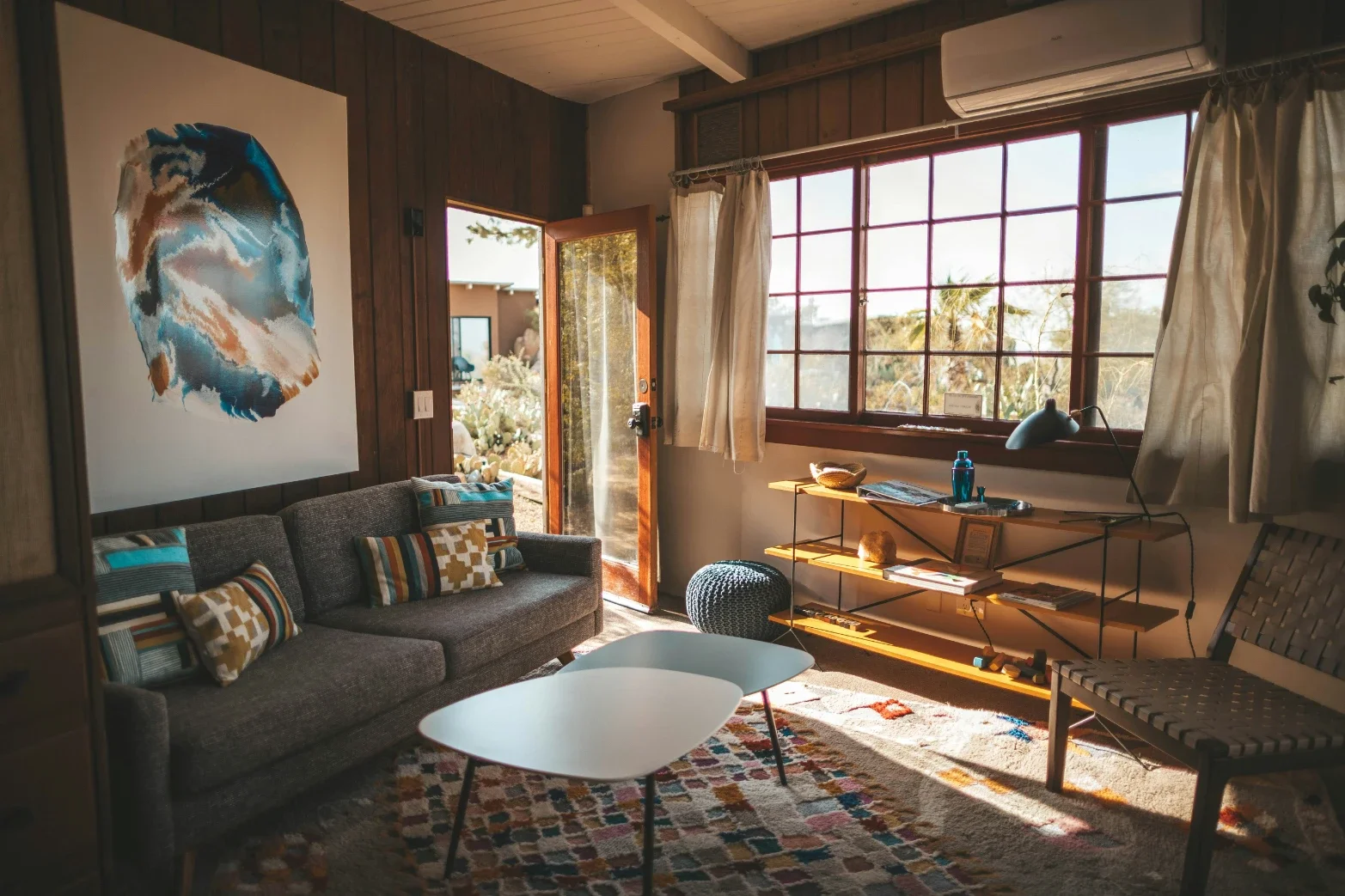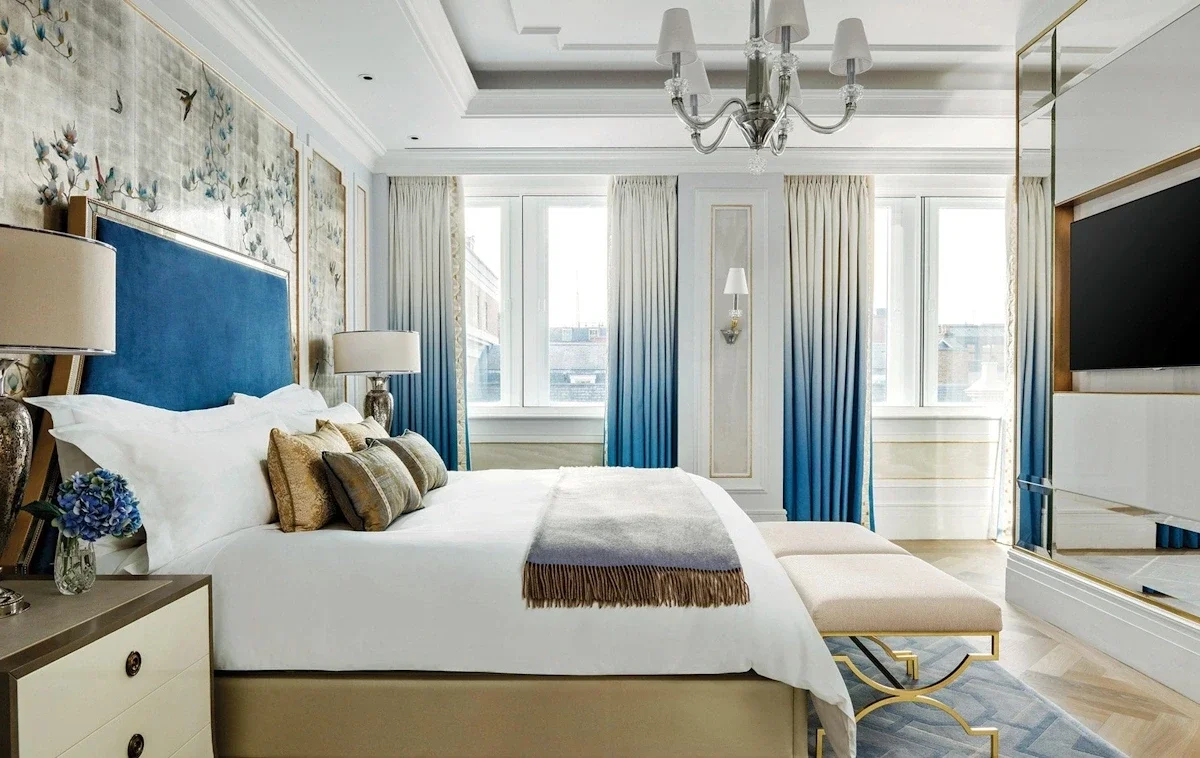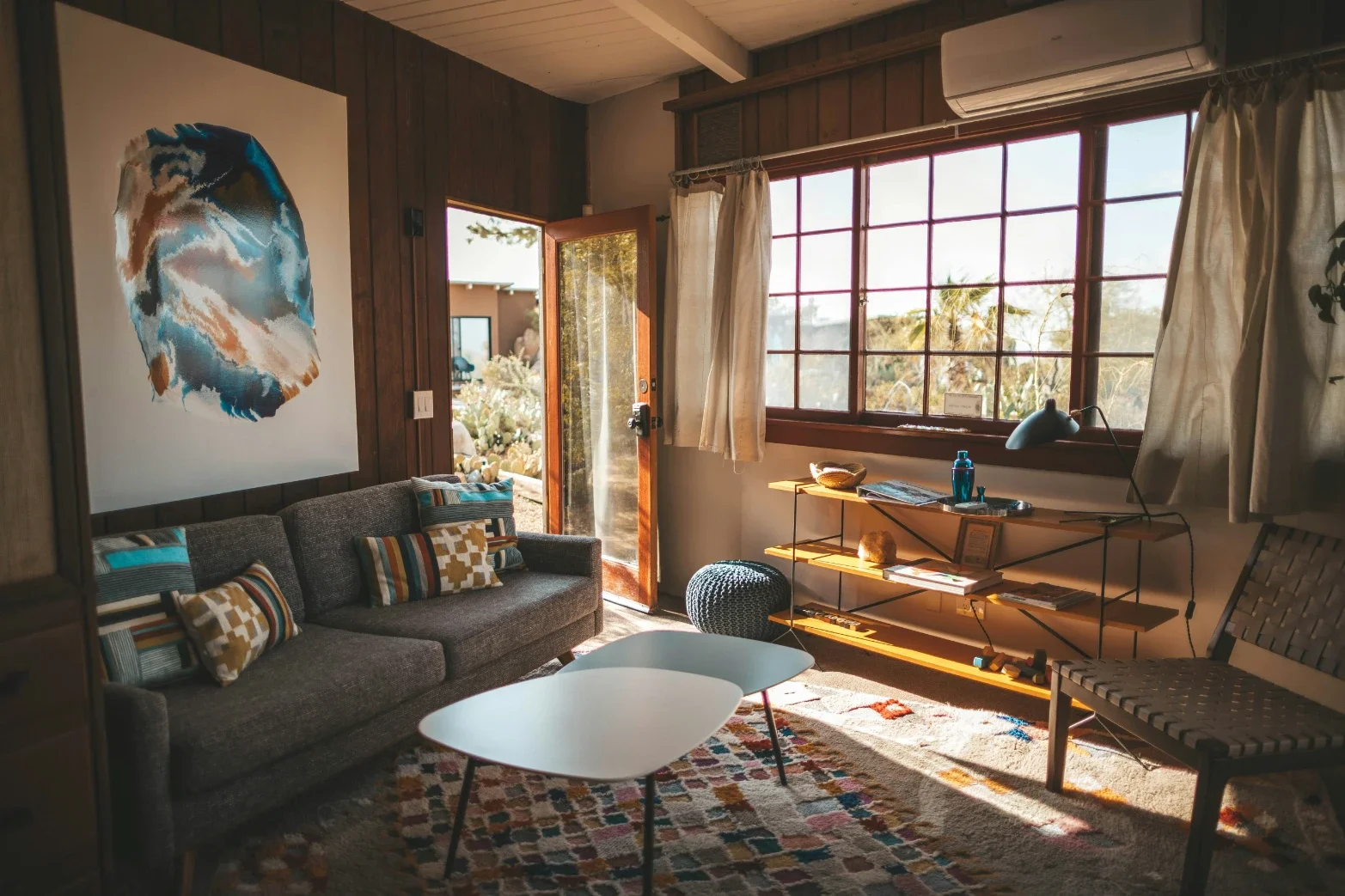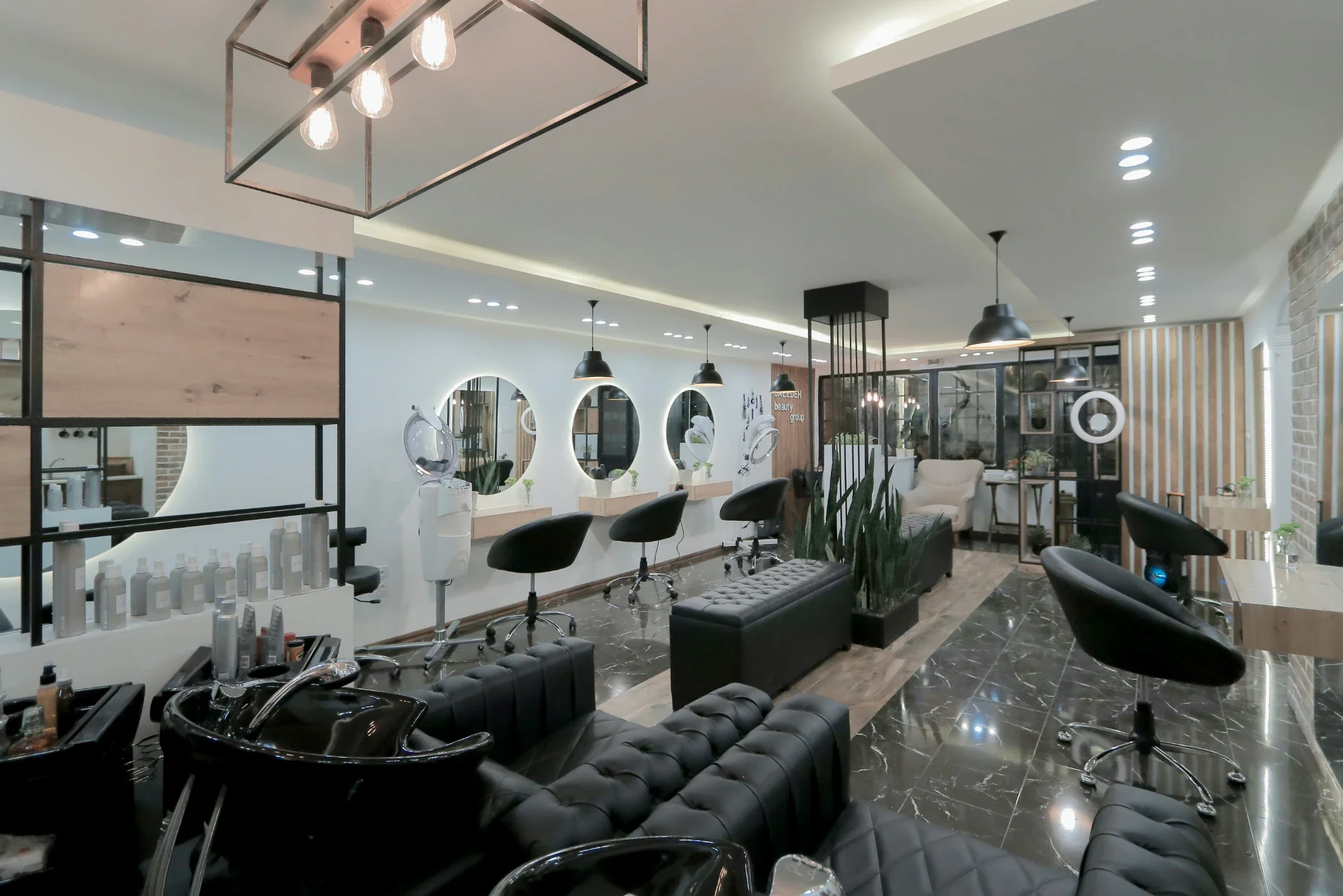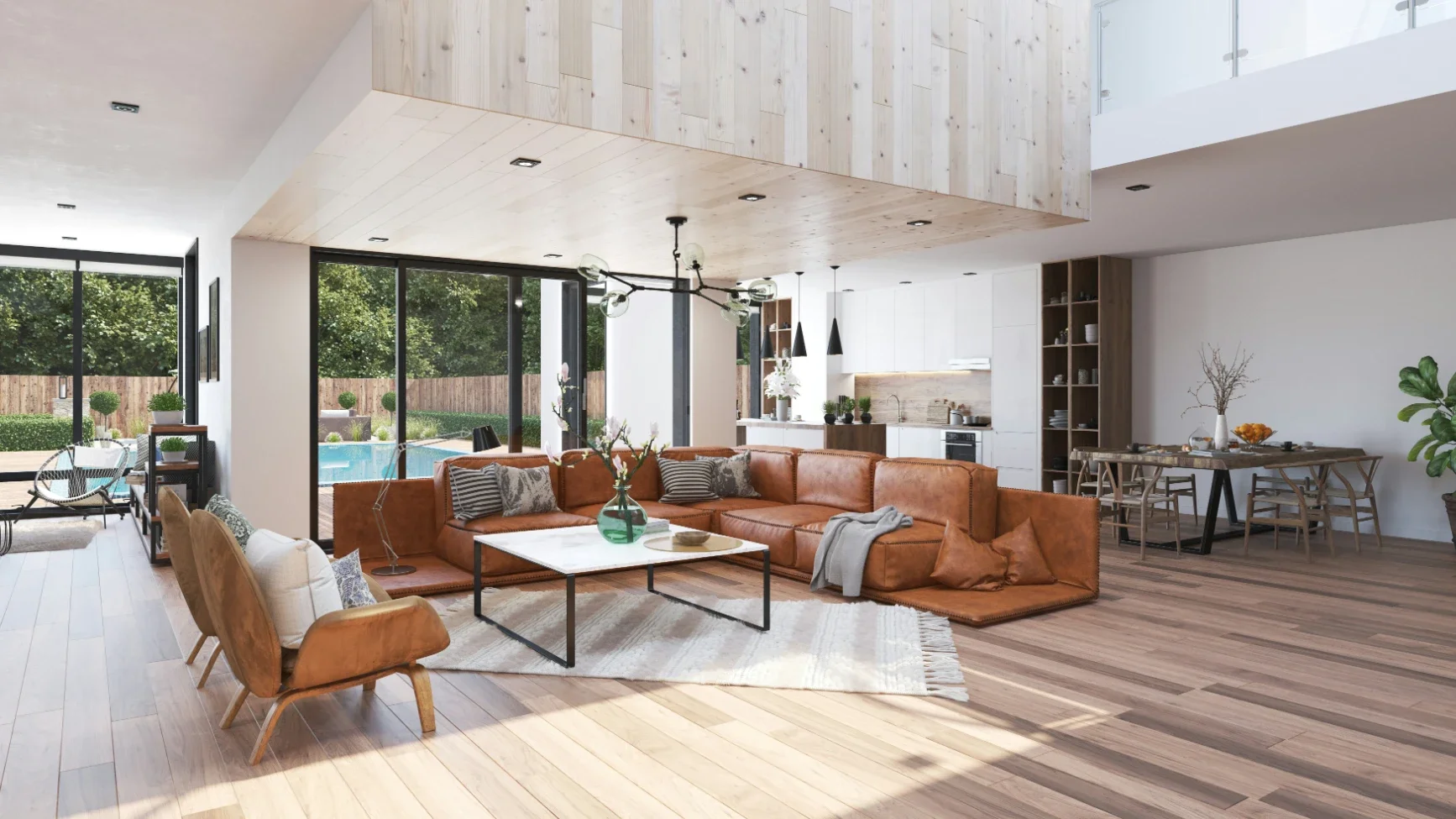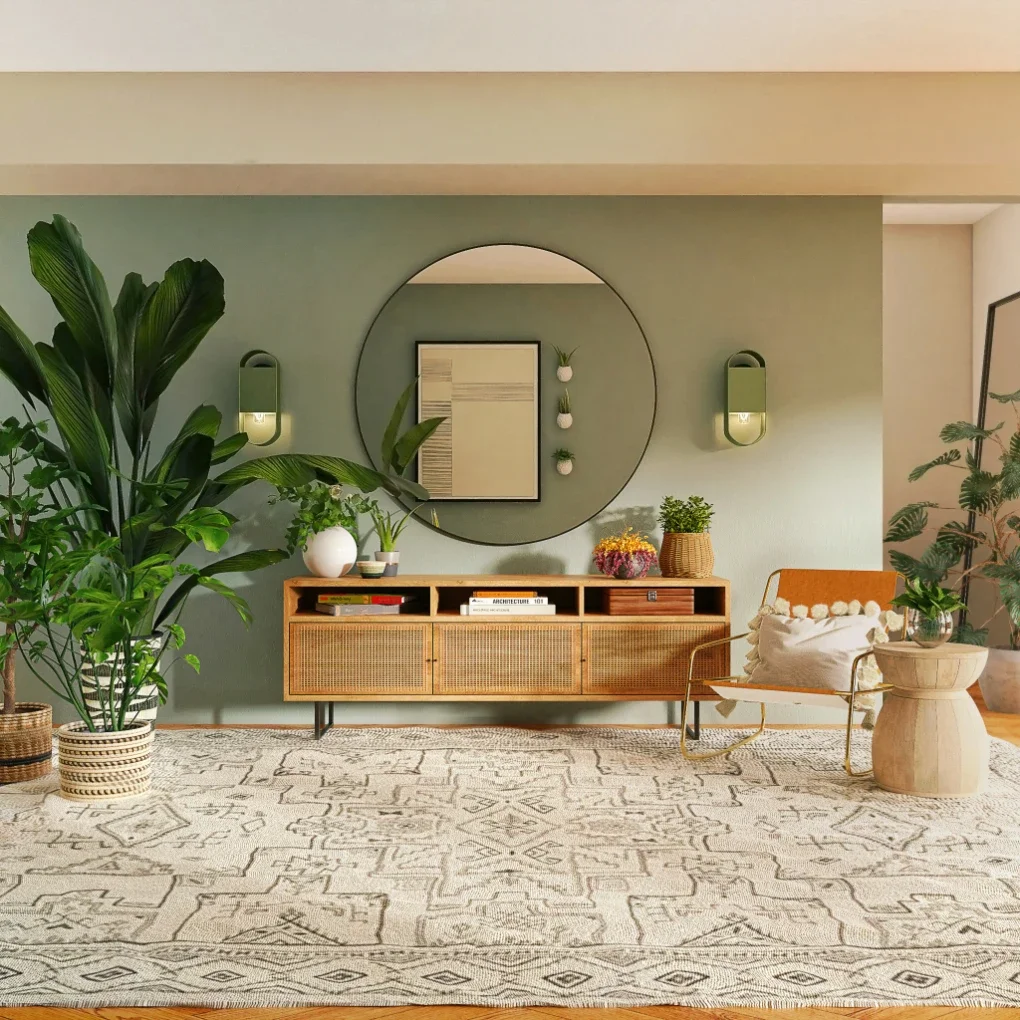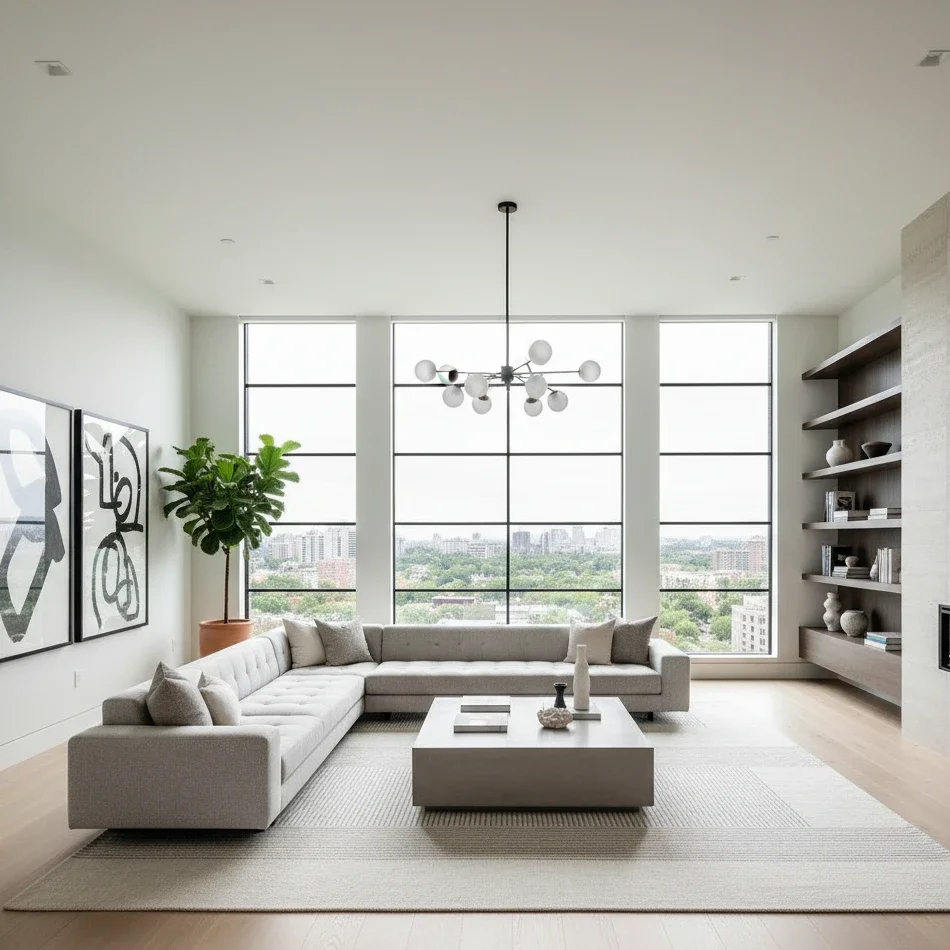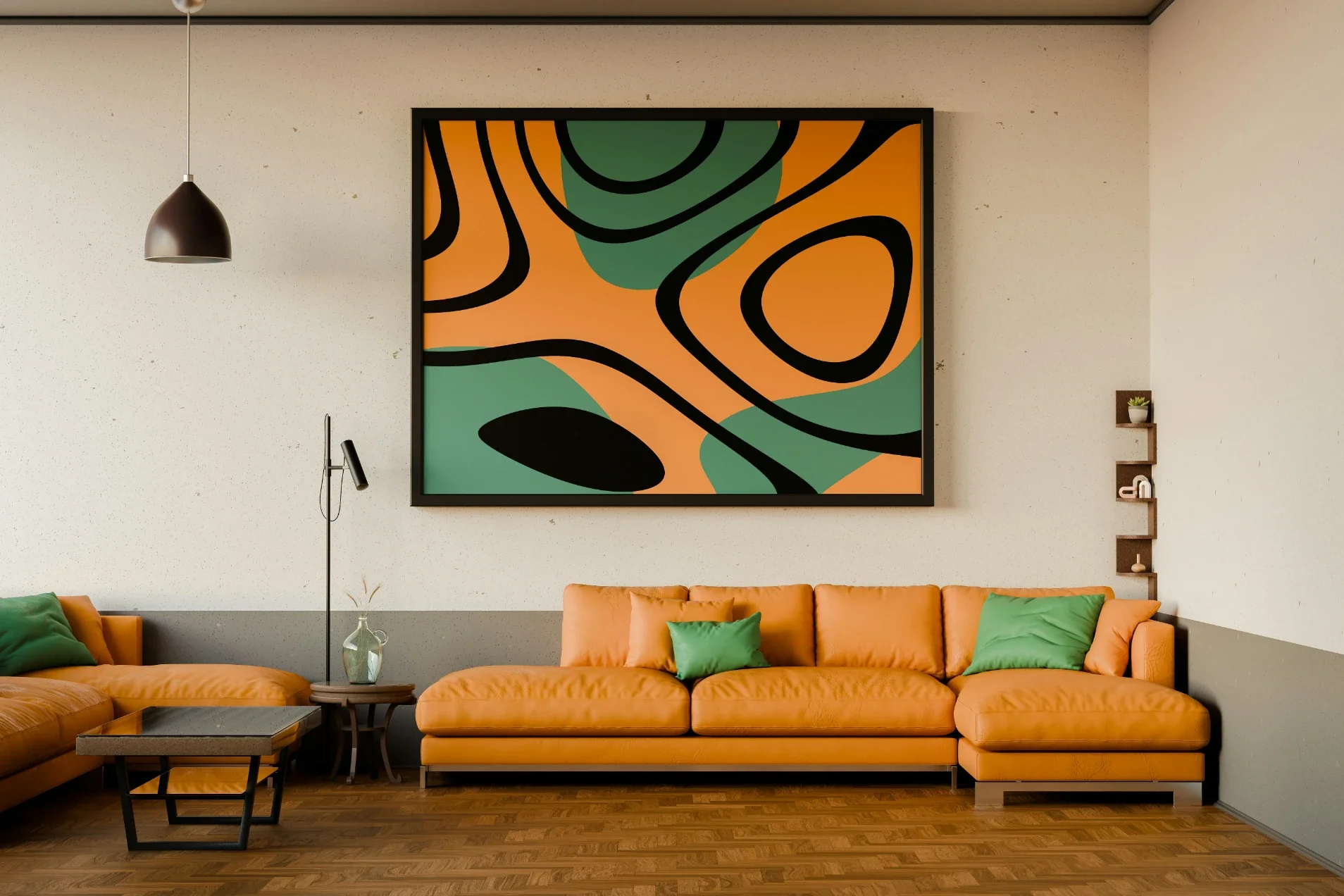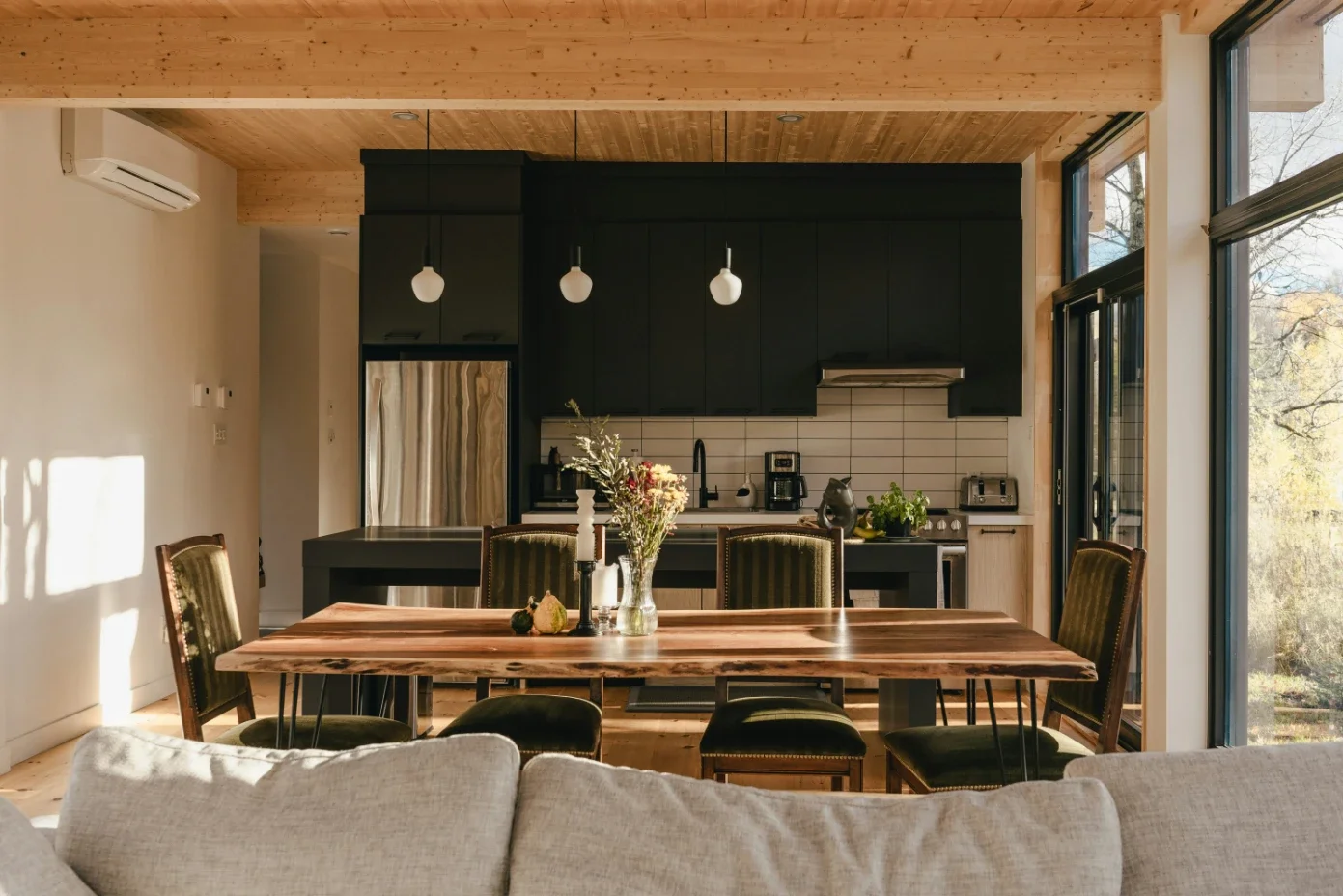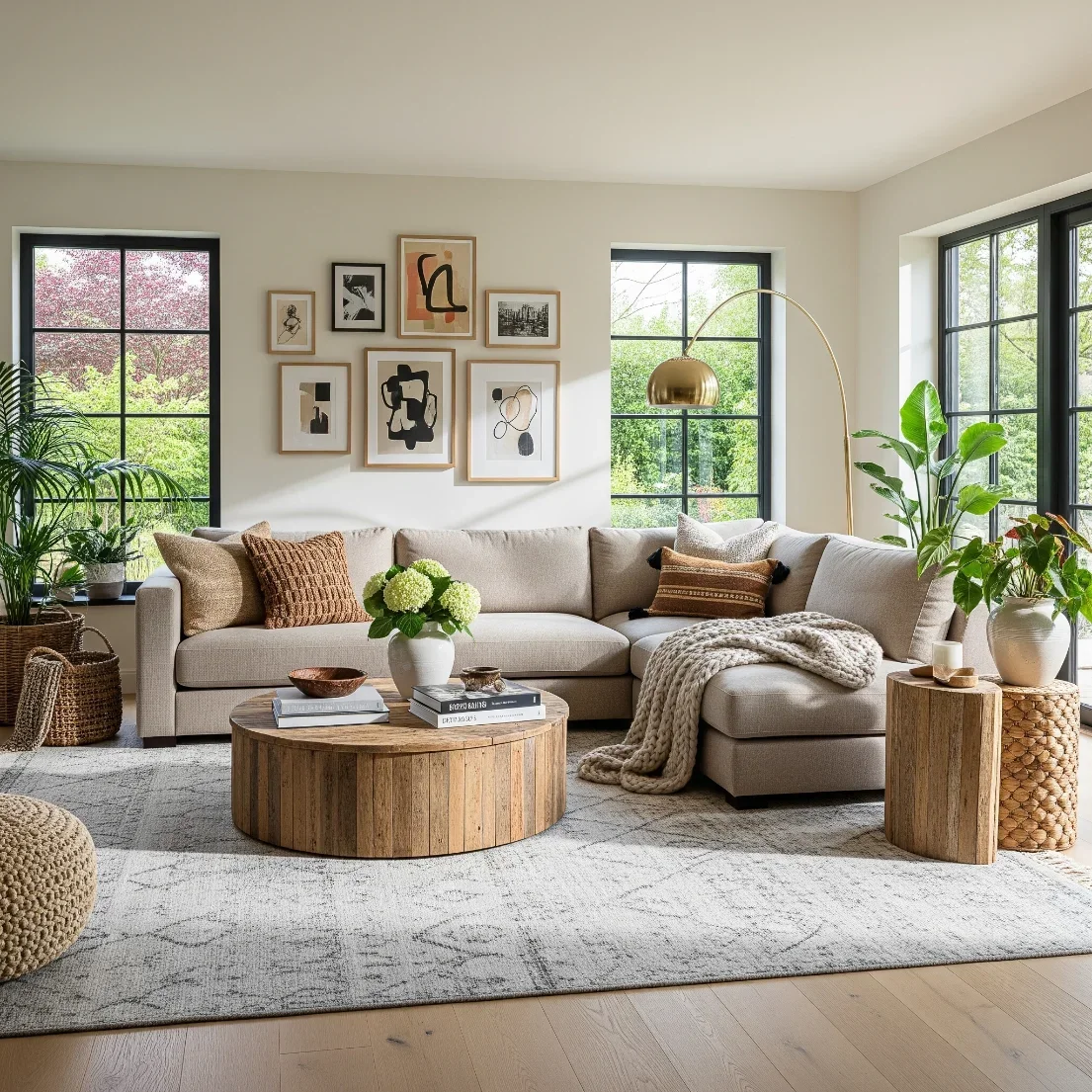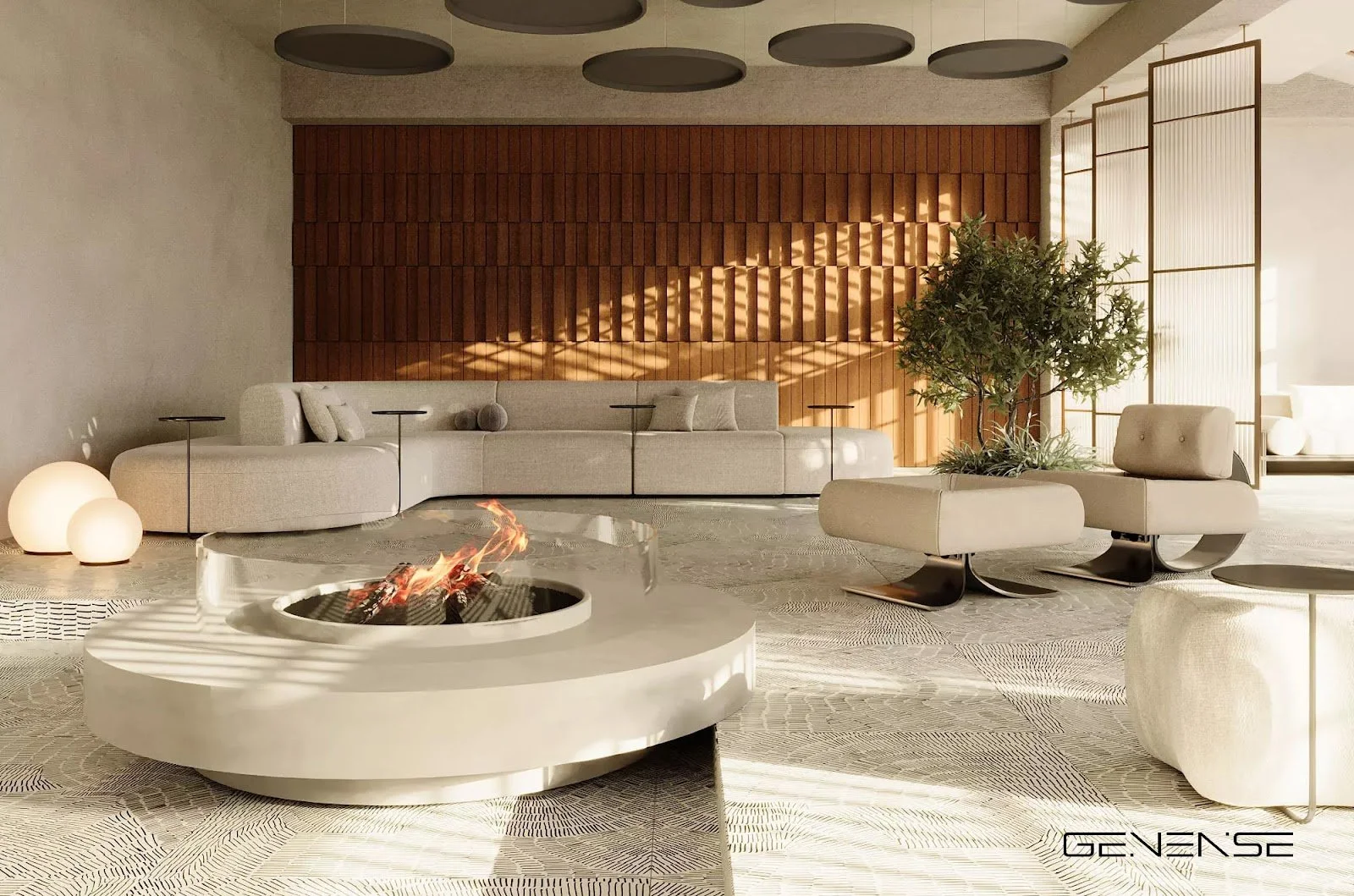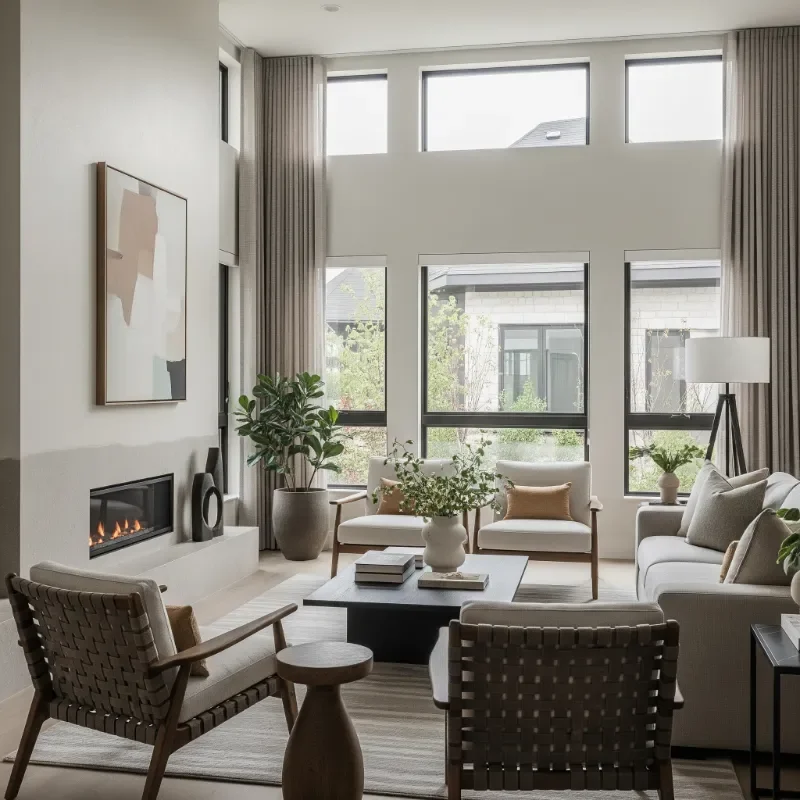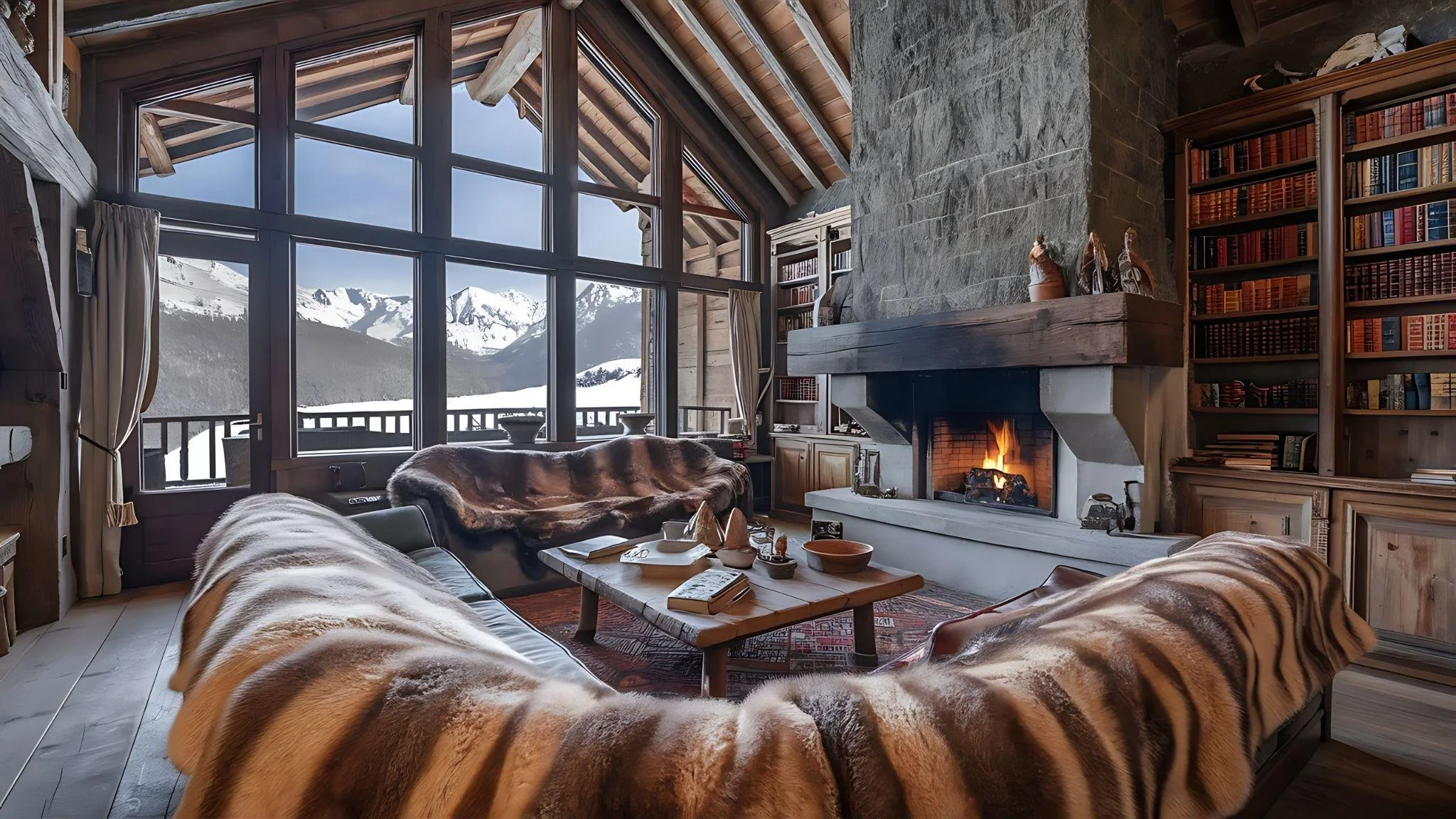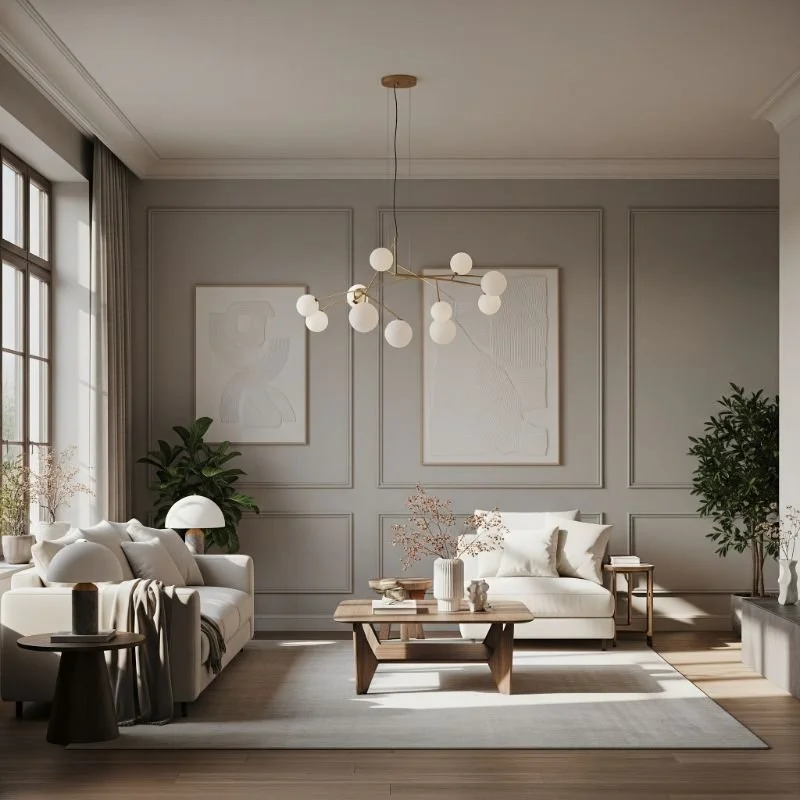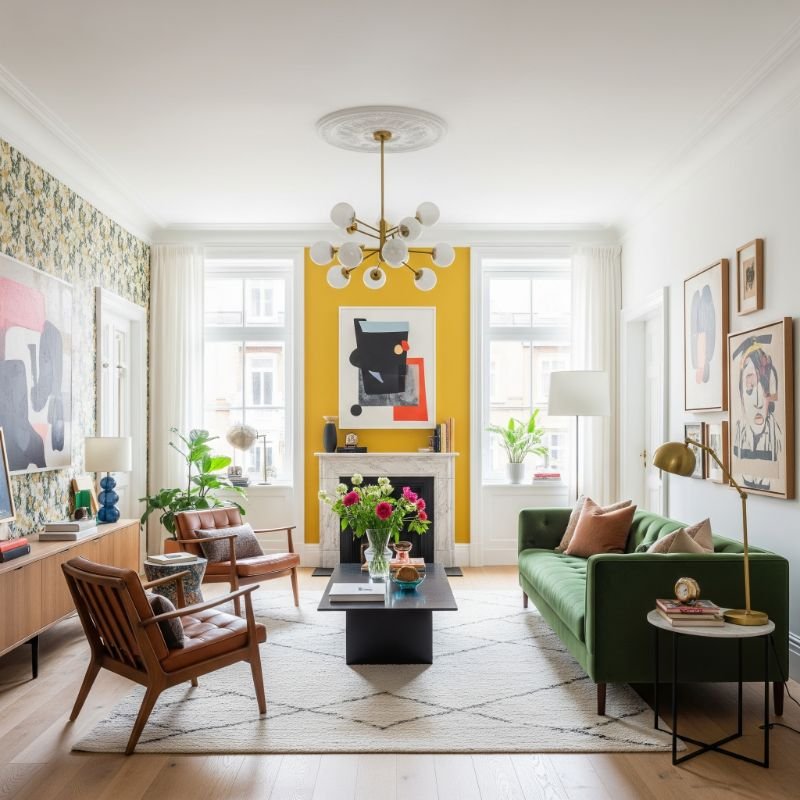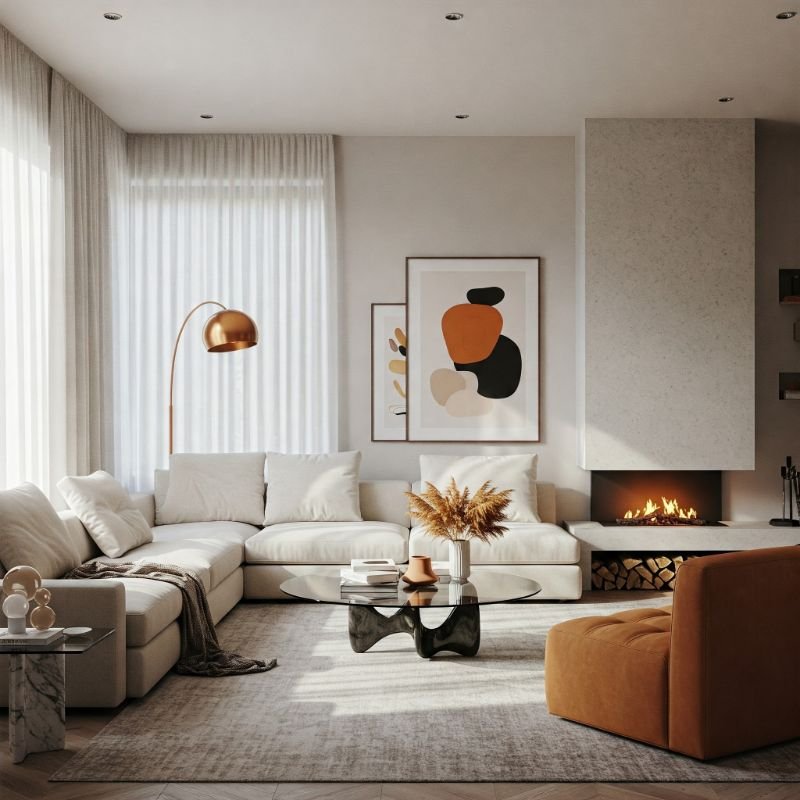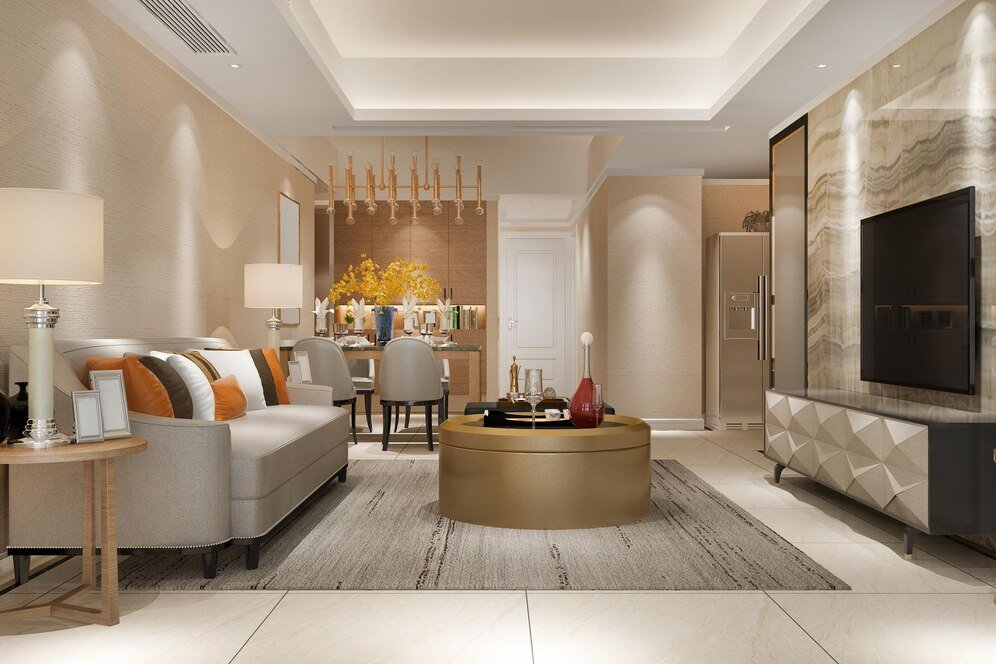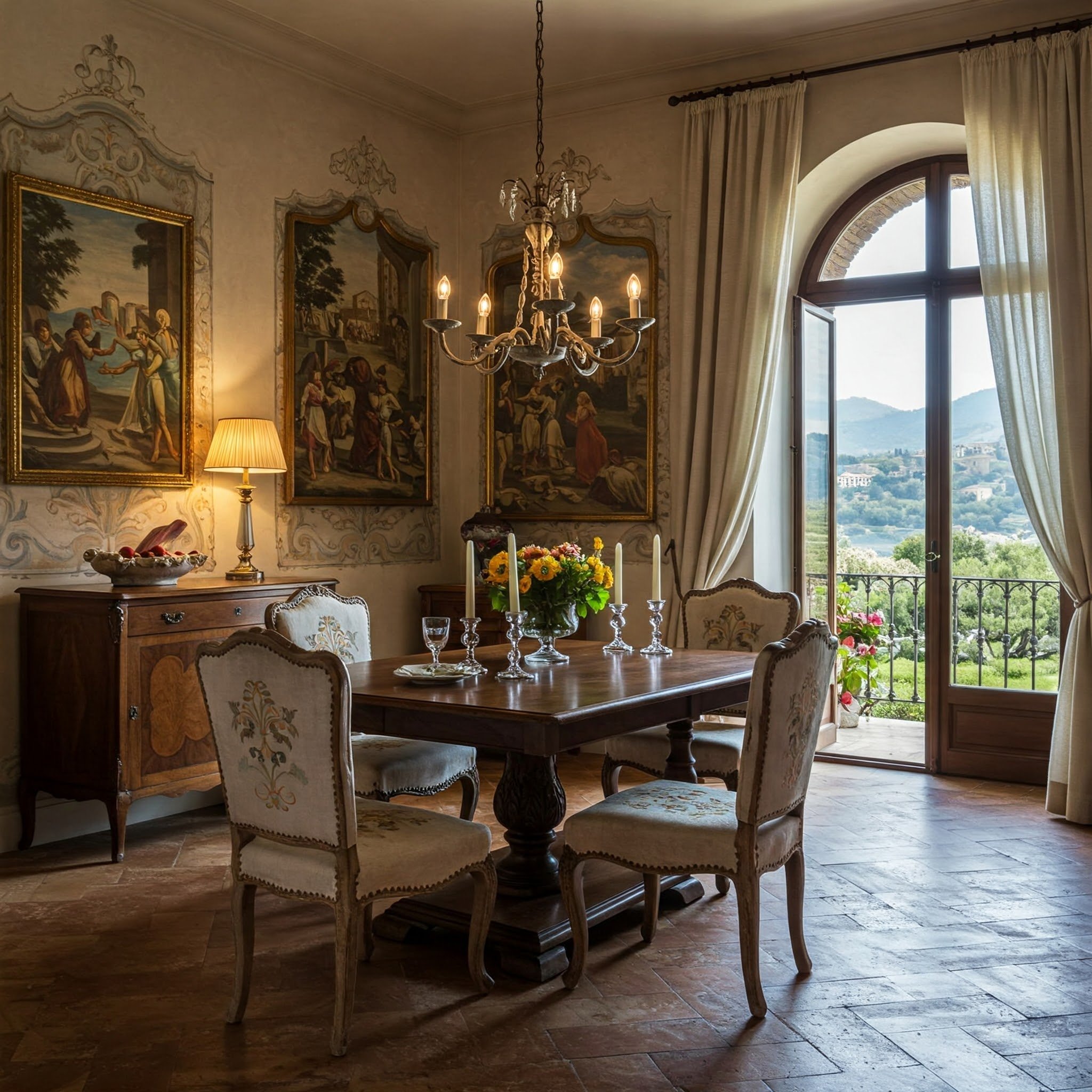Design That Feels: How Emotion Shapes Modern Living Spaces
Explore how emotion-driven design transforms modern living spaces into places that inspire comfort, connection, and a deeper sense of well-being.
The Rise of Emotional Design
Walk into any modern home today, and you’ll notice something has changed. It’s not just about what looks good anymore. It’s about what feels right.
Designers and homeowners are realizing that the spaces we live in shape how we think, feel, and connect. Studies from the Journal of Environmental Psychology show that thoughtful design can boost happiness and reduce stress by up to 30%. That means the color on your walls, the texture of your couch, and even how sunlight hits your workspace can directly affect your mood.
This is the new frontier of real estate — homes built not just to impress, but to inspire.
The Shift From Function to Feeling
For decades, design focused on function. Does it work? Does it fit? Is it efficient? Those questions still matter — but they’re no longer enough.
Modern design now starts with emotion. The goal is to create experiences, not just layouts. A well-designed home should lift your mood, calm your nerves, and make you feel like you belong.
Nitin Bhatnagar Dubai once shared that when designing new properties, he spends hours walking through unfinished rooms to feel how light, space, and movement interact. “If I can’t sense peace or warmth before the paint dries, something’s missing,” he said.
That mindset—listening to emotion before finalizing structure—is what sets great design apart from good design.
Why Emotion Matters in Design
1. The Brain Loves Comfort
Humans are wired to respond emotionally to space. Warm lighting can release dopamine. Natural textures trigger a sense of safety. Clutter can raise cortisol levels.
A Harvard study found that people living in well-organized, natural-light-filled environments reported 42% higher productivity and 25% greater well-being than those in darker, cluttered spaces.
Designers now talk about “neuroarchitecture,” which blends psychology and design to create homes that literally work with your brain.
2. The Home as a Reflection of Self
In a world that’s constantly moving, our homes have become anchors. People want spaces that feel like extensions of who they are.
Designers are seeing a shift from “show homes” to “soul homes.” These are spaces that don’t scream wealth — they whisper comfort. Handmade ceramics. Natural stone. Personalized art. Each element tells a story.
A home isn’t a showroom. It’s a mirror of identity.
How Developers Are Bringing Emotion Into Architecture
Using Light and Space Intelligently
The biggest mood booster in any space? Natural light. It affects energy levels, sleep cycles, and even how we perceive time.
New residential projects are being designed with wider windows, open floor plans, and flexible spaces that let sunlight flow freely. Some developers use smart glass that adjusts tint during the day to maintain comfort and reduce energy waste.
Bhatnagar shared a story about one of his early design projects. “We spent weeks adjusting the window placement by just a few degrees. It wasn’t about aesthetics—it was about how morning light would feel when someone made coffee. That kind of detail changes everything.”
That’s what emotional design looks like: decisions made with empathy, not just blueprints.
Textures, Sounds, and Scents
Texture can calm or energize. Smooth marble might feel clean and elegant, but rough linen brings warmth and life. Designers are mixing both to create sensory balance.
Even acoustics matter. Good sound design can make an apartment feel twice as big. And subtle scents — like natural wood or plants — can make spaces instantly welcoming.
Some architects even work with psychologists to understand how multisensory elements affect mood. It’s design backed by science, not guesswork.
Sustainability Adds Emotional Value
Sustainability isn’t just a trend — it’s emotional reassurance. People feel better living in spaces that do good for the planet.
In Dubai, where innovation and environmental responsibility often go hand in hand, sustainable design has become a form of emotional luxury. Energy-efficient cooling systems, recycled materials, and smart home automation reduce stress about costs and impact.
A 2024 UAE Green Building Council report found that eco-conscious homes lower resident anxiety by 18% due to reduced waste and better air quality. When people know their home contributes positively, they live more peacefully in it.
Emotionally, sustainability connects the personal to the global. It turns a private space into a public statement about values.
Actionable Tips for Emotionally Intelligent Design
1. Start With a Feeling, Not a Floor Plan
Before choosing furniture or paint, ask: How do I want to feel here? Calm? Energized? Focused? The answer determines layout, color, and light placement.
2. Use Fewer Things, More Meaningfully
Minimalism doesn’t mean empty — it means intentional. Keep objects that serve a purpose or spark joy. Clear spaces clear the mind.
3. Let Nature In
Plants improve air quality and mental health. Even one indoor plant can reduce stress levels. Natural light, wooden textures, and stone surfaces all mimic nature’s calming rhythm.
4. Design for Daily Rituals
Think about how you move through your home. Where do you pause? Where do you relax? Create spaces that support these moments — a reading nook, a tea corner, or even a mindful workspace.
5. Play With Color Psychology
Blue promotes calm. Yellow encourages optimism. Green restores balance. Choose colors intentionally, not just aesthetically.
The Next Wave: Human-Centered Design
The next era of real estate is human-first. Developers are building homes that feel like sanctuaries — safe, emotional, and intelligent.
Smart systems are being used to personalize environments based on human behavior. Lights that adjust to mood. Air systems that learn daily patterns. Materials that change texture with temperature.
The future of design is not just connected — it’s conscious.
Bhatnagar predicts that emotional design will soon become an industry standard. “Technology gave us smart homes,” he said. “Now we need homes that feel alive — that respond to people, not just commands.”
Final Thoughts
Design has entered its most personal era. It’s no longer about status or symmetry. It’s about the invisible — the feeling when you step into a space and think, this is right.
As emotional design continues to evolve, architects, developers, and homeowners alike are discovering that great design doesn’t just shape buildings — it shapes lives.
After all, our homes aren’t just where we live. They’re where we feel.
